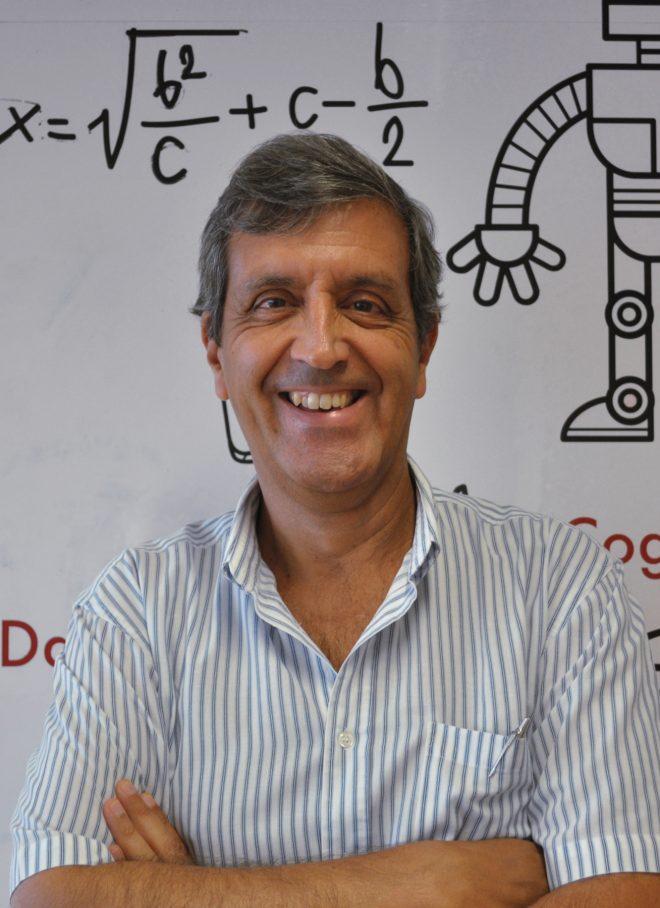| Summary |
Several robotic tasks require or benefit from the cooperation of multiple robots: transportation of large-size objects, large area coverage (e.g., for cleaning) or surveillance (e.g., for fire detection), pollutant plume tracking, or target detection and tracking, to name but a few. In this project, we propose a novel active approach to cooperative perception through coordinated vehicle motion control. The vehicle formation geometry will change dynamically so as to optimize the accuracy of cooperative perception of a static or dynamic target by the formation vehicles. To achieve this, we will introduce innovative decentralized low-communication formation full state estimation methods, and dynamic-goal-driven formation control, for cooperative target localization and tracking by decentralized fusion of the data measured by all the formation vehicles.
We will also develop a novel embedded framework prototype to implement our contributions with low computational and power requirements, and test the proposed solutions in real robot scenarios, namely
heterogeneous outdoor (aerial + land) vehicle formations, for extended decentralized perimeter surveillance and intruder tracking/event detection, in hostile environments with limited-range terrestrial communications (border control, forest fire detection or search and rescue operations);
heterogeneous (non-holonomic and omnidirectional kinematics, different vision systems) soccer robots with a common target (tracking a ball), in a highly dynamic and adversarial environment, often subject to occlusions and kidnappings.
Real scenarios mean real wireless communications, plagued with link failures and limited bandwidth, and perception noise, often non-Gaussian, and subject to non-linear measurement and motion dynamic. Real robots and moving targets imply real-time requirements as well. We will also investigate methods that cope with all such constraints, namely reduced-dimension data representations (e.g., Gaussian Mixture Models), particle filter sampling of probability density functions, embedded frameworks that take into account power, communications and computational requirements, communications middleware to provide efficient use of the available resources, interoperability, heterogeneity abstractions, automatic re-configuration, and real-time communication protocols. Altogether we will explore simultaneously the complementary directions of coping with noisy perceptions and non-linear dynamics while improving the communications quality and system lifetime, maximizing the improvement in the global system performance.
|




